
Discover the Legacy of the Great 1913 Flood at the Exhibit Building
Explore the Great 1913 Flood Exhibit Building in Ohio, a historical museum showcasing the impact of one of America's worst natural disasters.
The Great 1913 Flood Exhibit Building in Moraine, Ohio, offers a profound glimpse into the historical impact of one of America's most devastating natural disasters. Explore interactive displays and artifacts that tell the story of resilience and recovery in the wake of the flood.
A brief summary to The Great 1913 Flood Exhibit Building
- Carillon Blvd, Moraine, University Park, Ohio, 45439, US
- +1937-293-2841
- Visit website
Local tips
- Plan your visit during weekdays for a quieter experience and more personalized attention from staff.
- Check the museum's schedule for special events or guided tours that may enhance your visit.
- Allow at least two hours to fully explore the exhibits and engage with all the interactive displays.
Getting There
-
Walking
If you are already in Carillon Historical Park, head towards the Carillon bell tower, which is a prominent landmark in the park. From the bell tower, follow the path that leads directly south towards the Great 1913 Flood Exhibit Building. The building is located near the southern section of the park. You will pass by several historical exhibits along the way. The exhibit building is easily identifiable; it has a distinct architectural style that stands out in the park.
Discover more about The Great 1913 Flood Exhibit Building
Iconic landmarks you can’t miss
Carillon Park Event Services
0.2 km
Experience the beauty of Carillon Park Event Services, a premier wedding venue in Dayton, showcasing stunning landscapes and rich historical significance.

Concours d'Elegance at Carillon Historical Park
0.2 km
Discover the elegance of classic automobiles at the Concours d'Elegance, a premier automotive event nestled in Dayton's scenic Carillon Historical Park.

Callahan Building Clock
0.2 km
Explore the historic Callahan Building Clock in Moraine, Ohio, a picturesque vista point showcasing timeless elegance and serene landscapes.
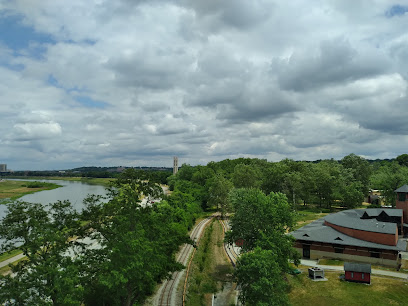
Calvary Cemetery
0.5 km
Explore Calvary Cemetery in Dayton, Ohio, a serene and historic resting place filled with beautiful monuments and rich local heritage.
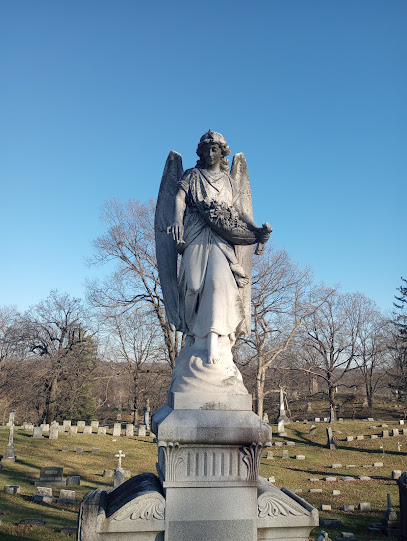
Hills & Dales MetroPark
1.8 km
Discover the serene beauty and recreational bliss of Hills & Dales MetroPark in Kettering, Ohio, a perfect escape for nature lovers and outdoor enthusiasts.
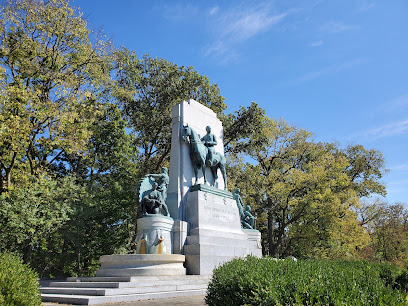
Rudolph Pretzinger House
2.3 km
Discover the enchanting Rudolph Pretzinger House, a historical landmark in Dayton, Ohio, that showcases exquisite architecture and rich local heritage.
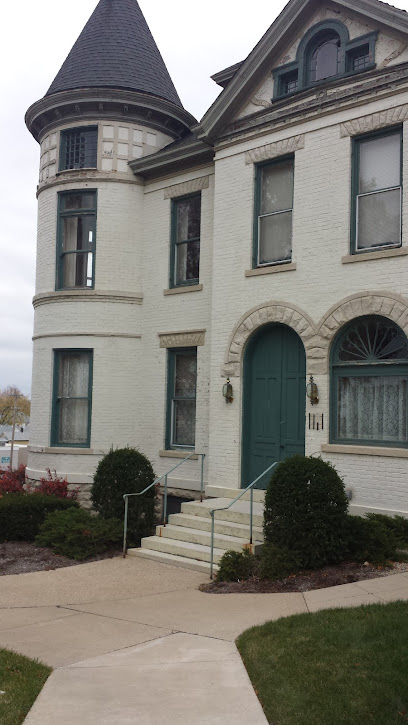
Oakwood Historical Society
3.0 km
Explore the Oakwood Historical Society, where local history comes alive through engaging exhibits and fascinating stories of the Oakwood community.
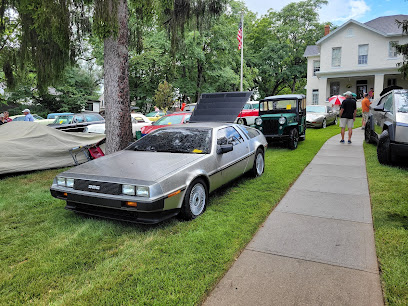
Dayton Union Station Historical Landmark
3.0 km
Discover the historic Dayton Union Station, a stunning architectural landmark showcasing the city's rich railroad heritage and cultural significance.
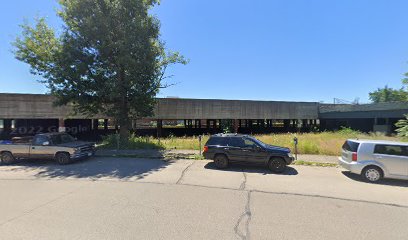
Original Site of Wright Brothers Home
3.0 km
Visit the Original Site of the Wright Brothers Home in Dayton, Ohio, and discover the birthplace of aviation innovation and history.
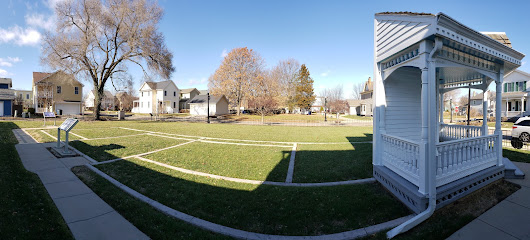
Dayton Terra-Cotta Historic District
3.2 km
Explore the Dayton Terra-Cotta Historic District, a stunning showcase of historic architecture and rich cultural heritage in Downtown Dayton, Ohio.
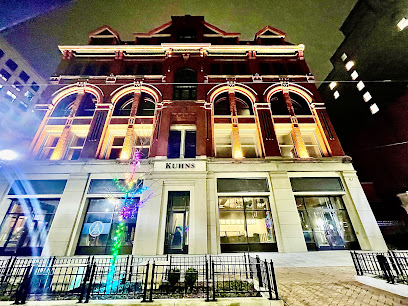
1905 Wright Flyer III Sculpture
3.2 km
Explore the iconic Wright Flyer III Sculpture in Dayton, a tribute to the pioneering spirit of aviation and the legacy of the Wright brothers.
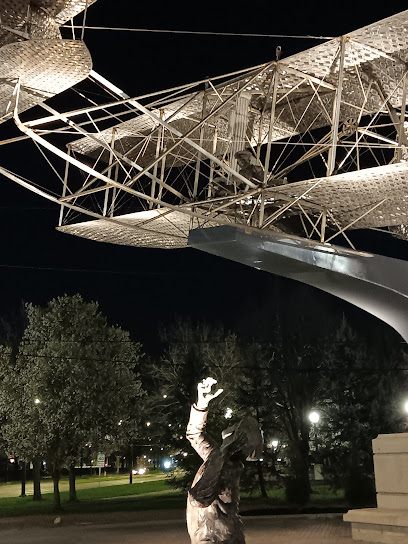
Destination Dayton
3.3 km
Discover Dayton, Ohio's vibrant culture and rich history at Destination Dayton – your ultimate tourist information center.
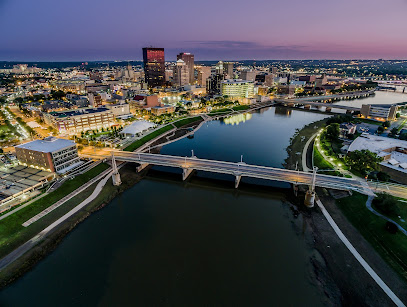
Grant-Deneau Tower
3.3 km
Explore the Grant-Deneau Tower, a historic landmark in Downtown Dayton, reflecting the city’s rich architectural heritage and vibrant culture.

The Commercial Building
3.4 km
Experience the architectural beauty and historical significance of The Commercial Building in Downtown Dayton, a must-see landmark for all tourists.
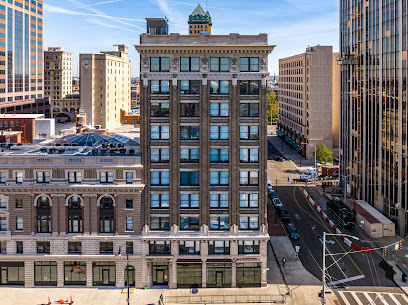
Dayton Arcade
3.4 km
Discover the Dayton Arcade, a historical gem blending rich architecture and vibrant arts in the heart of downtown Dayton, Ohio.
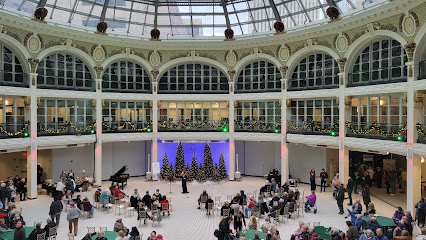
Unmissable attractions to see
Wright Brothers National Museum
0.1 km
Explore the legacy of aviation at the Wright Brothers National Museum in Dayton, Ohio, where history, innovation, and inspiration come together.

The Pavilion
0.1 km
Discover stunning views and serene beauty at The Pavilion, a must-visit vista point in Dayton, Ohio for nature lovers and photographers alike.
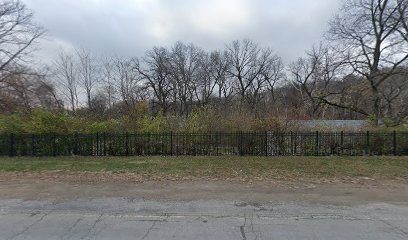
Carillon Park Rail and Steam Society
0.1 km
Explore the rich history of railroads and steam engines at Carillon Park Rail and Steam Society in Dayton, Ohio, perfect for families and history lovers alike.

Carillon Historical Park
0.2 km
Discover Dayton's rich history at Carillon Historical Park, an engaging museum and beautiful park that brings the past to life for visitors of all ages.
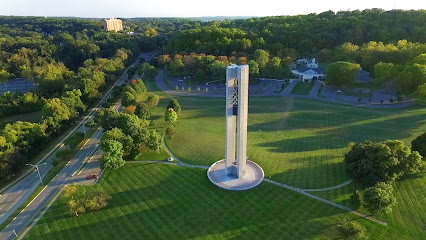
Orville Wright's Hawthorn Hill - A Dayton History Experience
0.2 km
Explore the historic Hawthorn Hill, home of aviation pioneer Orville Wright, and delve into the legacy of innovation in Dayton, Ohio.

Heritage Center of Dayton Manufacturing & Entrepreneurship
0.2 km
Explore the rich industrial heritage of Dayton at the Heritage Center of Dayton Manufacturing & Entrepreneurship, where innovation and history come alive.

Deeds Carillon
0.5 km
Experience the beauty and history of Deeds Carillon in Dayton, Ohio, where music and community come together in a stunning setting.
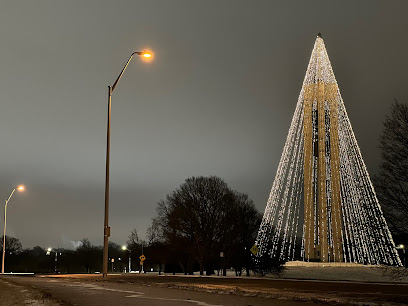
Patterson Homestead
1.8 km
Explore the historic Patterson Homestead in Dayton, Ohio, where the past comes alive through captivating exhibits and beautiful gardens.
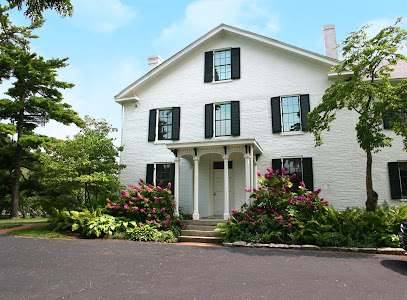
Smith Gardens
2.1 km
Experience the serene beauty of Smith Gardens in Dayton, Ohio, a perfect escape for nature lovers and tranquility seekers.

Orville Wright Hawthorn Hill
2.3 km
Explore the legacy of Orville Wright at Hawthorn Hill, a historical site that showcases the pioneering spirit of aviation innovation in Dayton, Ohio.
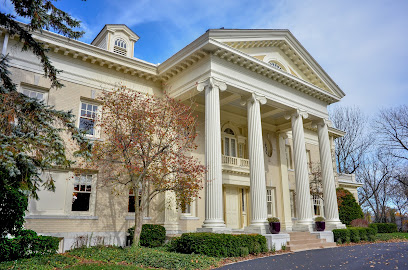
Woodland Cemetery and Arboretum
2.6 km
Discover the tranquil beauty and rich history of Woodland Cemetery and Arboretum in Dayton, Ohio, a serene escape for reflection and exploration.
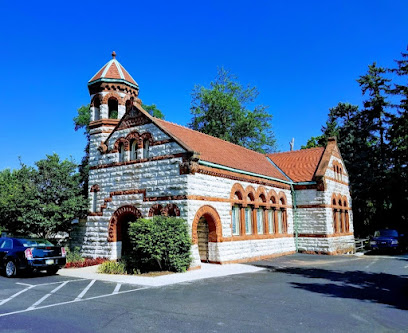
Frankenstein's Castle
2.8 km
Discover the charm of Frankenstein's Castle, a historical landmark in Kettering, Ohio, nestled within the beautiful Hills and Dales MetroPark.
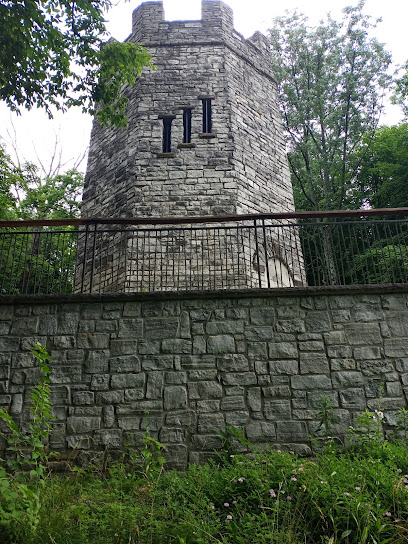
SunWatch Indian Village
2.9 km
Explore the ancient world of the Fort Ancient culture at SunWatch Indian Village, a unique archaeological site and museum in Dayton, Ohio.
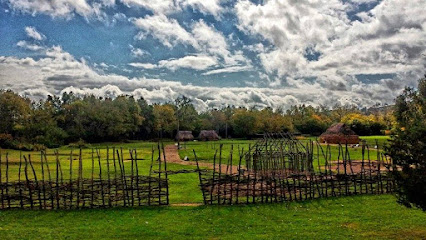
America's Packard Museum
2.9 km
Explore America's Packard Museum in Dayton, a captivating journey through the history of luxury automobiles and American innovation.
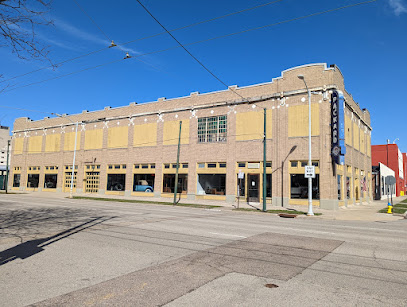
National Aviation Heritage Area
3.1 km
Discover the National Aviation Heritage Area in Dayton, Ohio – where the history of flight comes alive through engaging exhibits and inspiring stories.

Essential places to dine
Culp's Café at Carillon Historical Park
0.3 km
Experience delightful dining at Culp's Café inside Carillon Historical Park - where delicious food meets rich history in Dayton, Ohio.
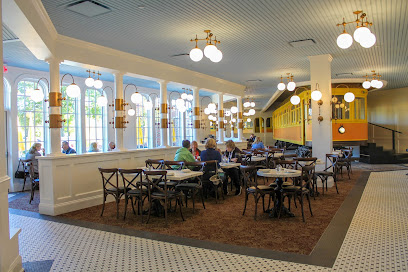
Carillon Brewing Company
0.3 km
Experience craft brewing like never before at Carillon Brewing Company in Dayton - where history meets flavor in every sip.
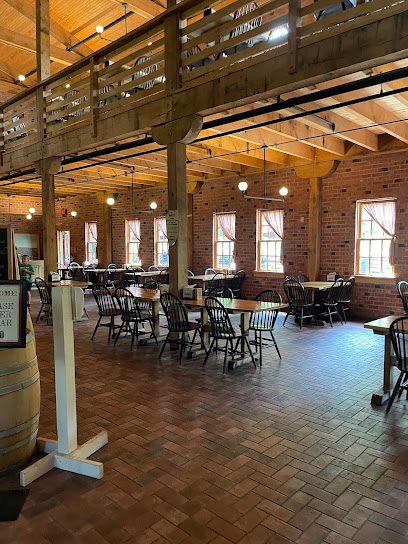
DAYUD The Bistro - Eat. Drink. Connect.
0.5 km
Experience delicious dining at DAYUD The Bistro in Dayton – where culinary excellence meets local charm.

Dewberry 1850
1.3 km
Experience the best of American cuisine at Dewberry 1850 in Dayton - where tradition meets innovation in every delicious bite.

Pine Club
1.9 km
Discover The Pine Club in Dayton: A historic steakhouse offering prime cuts and an inviting atmosphere perfect for any occasion.

Butter Cafe
2.3 km
Discover Butter Cafe in Dayton – where every breakfast is an unforgettable experience filled with warmth and flavor.
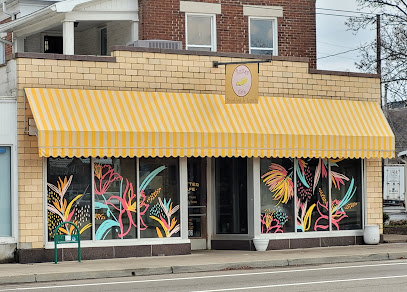
Hickory Bar-B-Q
2.4 km
Discover Hickory Bar-B-Q in Dayton, Ohio – where smoky flavors meet genuine hospitality in every delicious bite.
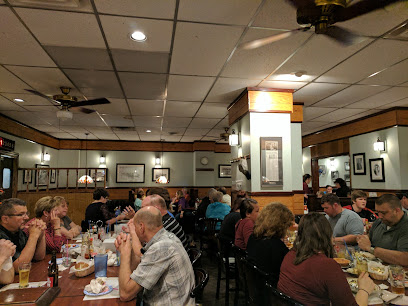
Old Scratch Pizza & Beer
2.4 km
Experience unique handcrafted pizzas and an extensive beer selection at Old Scratch Pizza & Beer in Dayton - a culinary delight not to be missed.

Bourbon Street Grill & Cafe
2.4 km
Experience the vibrant flavors and welcoming ambiance at Bourbon Street Grill & Cafe in Dayton, Ohio – a must-visit destination for food lovers.
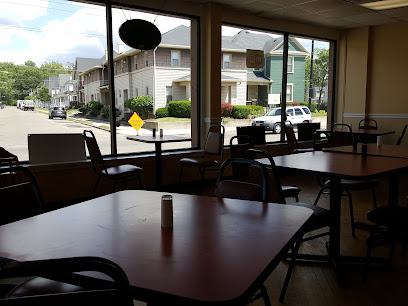
Jimmie's Ladder 11
2.5 km
Experience delightful flavors at Jimmie's Ladder 11 in Dayton - where great food meets exceptional service in a welcoming atmosphere.
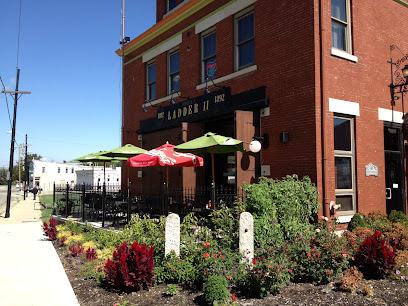
Coco's Bistro
2.8 km
Discover Coco's Bistro in Dayton: A delightful fusion of American flavors in an elegant bistro setting, perfect for any occasion.

DE'LISH
3.2 km
Experience the best of American cuisine at DE'LISH in Dayton - where chicken wings meet soul food and vegan delights await!

West Social Tap & Table
3.2 km
Discover the culinary delights at West Social Tap & Table in Dayton - where local flavors meet vibrant atmosphere.

Grist
3.2 km
Discover Grist: A Culinary Gem in Downtown Dayton Offering Unique Deli and Pasta Delights.

Spaghetti Warehouse
3.2 km
Experience authentic Italian cuisine in the heart of Dayton at Spaghetti Warehouse - where every dish is crafted with love.

Markets, malls and hidden boutiques
The Print Shop
0.1 km
Discover the art and history of printing at The Print Shop in Dayton, Ohio, a must-visit destination for art lovers and history enthusiasts.
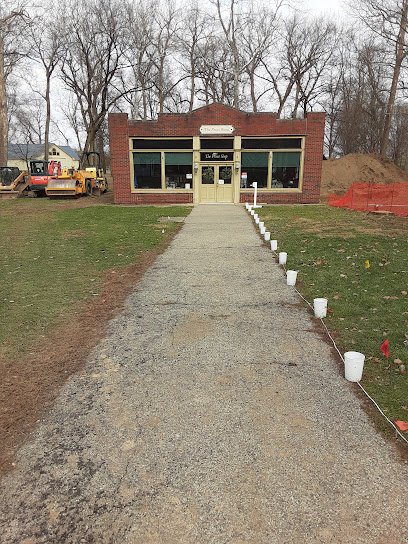
1 Suite Gift Shop
2.1 km
Explore the charm of Dayton at 1 Suite Gift Shop, where unique gifts and local treasures await every visitor.
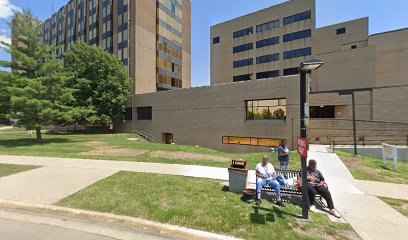
Flyer Spirit
2.2 km
Explore Flyer Spirit in Dayton, Ohio for unique gifts, clothing, and memorable souvenirs reflecting the heart of the city.
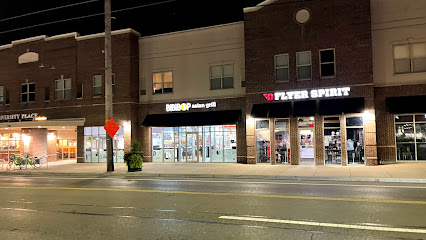
Little Exchange Fine Gifts
2.4 km
Explore Little Exchange Fine Gifts in Dayton, Ohio for unique treasures and local artisan creations that make perfect gifts and memorable souvenirs.

Daddy Katz
2.9 km
Explore Daddy Katz, Moraine's premier antique store, brimming with unique finds from vintage furniture to rare collectibles.

Remember When Antiques
3.3 km
Discover unique antiques and collectibles at Remember When Antiques - a charming treasure trove in Dayton, Ohio.
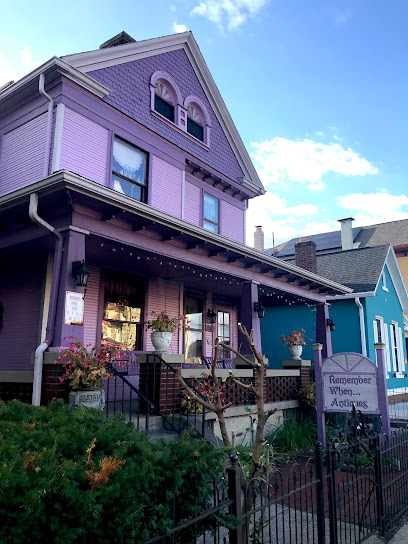
shoppe smitten
3.3 km
Discover unique gifts, women's clothing, and home goods at Shoppe Smitten, Dayton's charming boutique gift shop.

Get Dressed! Boutique
3.4 km
Explore Dayton's Get Dressed! Boutique for unique women's clothing, accessories, and gifts that celebrate style and individuality.

Wild Poppy
3.4 km
Explore Wild Poppy Boutique in Dayton, Ohio, for unique clothing and accessories that embody local charm and contemporary style.

Omega Music
3.5 km
Explore the vibrant music culture at Omega Music in Dayton, a haven for vinyl lovers and collectors of all genres.

The Oregon District
3.5 km
Explore the Oregon District in Dayton, Ohio, where shopping meets history in a vibrant and eclectic atmosphere.
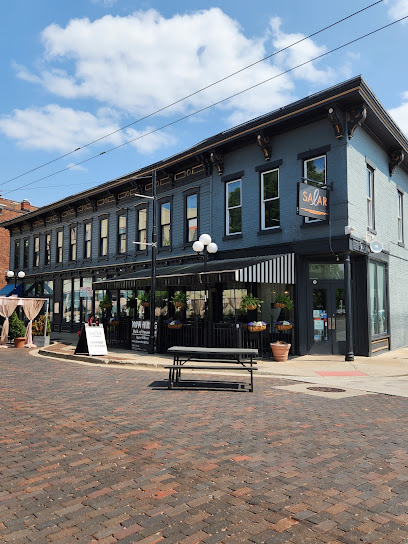
Feathers Vintage Clothing
3.5 km
Explore the charm of Feathers Vintage Clothing in Dayton, Ohio, where unique vintage finds and nostalgic records await every treasure seeker.
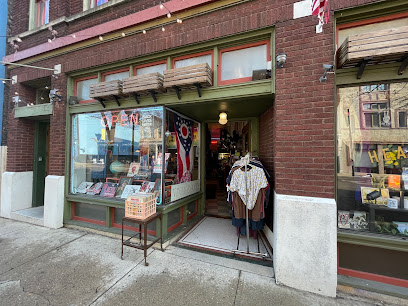
Mike's Vintage Toys
3.5 km
Explore Mike's Vintage Toys in Dayton, a nostalgic haven filled with vintage collectibles and timeless treasures for enthusiasts of all ages.

Eclectic Essentials
3.6 km
Explore Eclectic Essentials, Dayton's premier antique store, offering a diverse range of vintage treasures and handcrafted jewelry.
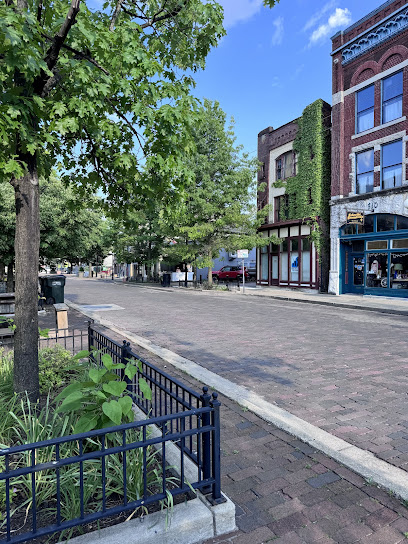
Clash Gallery & Boutique
3.6 km
Explore the artistic heart of Dayton at Clash Gallery & Boutique, where vintage fashion and contemporary art come together in a vibrant shopping experience.
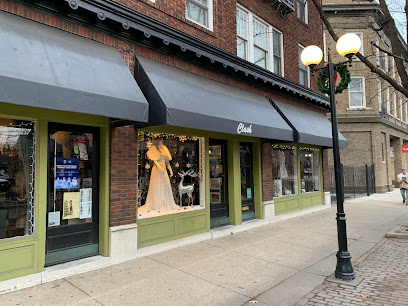
Essential bars & hidden hideouts
Timothy's Bar
2.0 km
Experience the lively atmosphere and delicious grilled favorites at Timothy's Bar, a top destination for local flavor in Dayton.

Flanagan's Pub
2.1 km
Discover the charm of Flanagan's Pub, where authentic Irish cuisine and a lively atmosphere come together in Dayton, Ohio.

Lil Rudy's on Brown
2.2 km
Experience the vibrant atmosphere at Lil Rudy's on Brown, a top bar and event venue in Dayton, Ohio, perfect for socializing and celebrations.
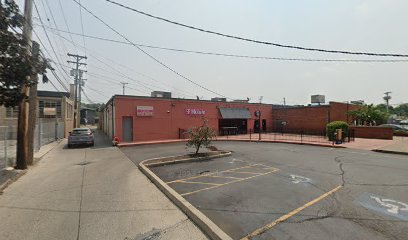
The Fieldhouse
2.3 km
Experience the thrill of live sports and delicious food at The Fieldhouse, Dayton's premier sports bar destination for tourists and locals alike.

The Silver Slipper
3.3 km
Discover The Silver Slipper, Dayton's enchanting wine bar, offering an exceptional selection of wines and delicious small plates in a cozy atmosphere.

Partners
3.4 km
Discover Partners, a lively bar in Dayton where socializing meets a vibrant atmosphere, perfect for unwinding or celebrating with friends.

NextDoor
3.5 km
Experience the vibrant atmosphere and creative cocktails at NextDoor, the premier cocktail bar in Dayton's Oregon District.

Van Buren Room
3.6 km
Experience the finest cocktails in a cozy setting at Van Buren Room, Dayton's hidden gem for cocktail enthusiasts.

Hole in the Wall
3.6 km
Experience the vibrant fusion of a bar and video arcade at Hole in the Wall, the perfect spot for fun and relaxation in Dayton.

The Century Bar
3.6 km
Discover The Century Bar, a speakeasy-style bar in downtown Dayton offering exquisite craft cocktails and a lively atmosphere for all.

The Shroyer Inn
3.6 km
Discover The Shroyer Inn in Dayton, Ohio – a cozy bar with a vibrant atmosphere, affordable drinks, and a friendly community vibe.

Bozacks Cocktail Lounge
3.7 km
Experience Dayton's cocktail culture at Bozacks Cocktail Lounge, where expertly crafted drinks meet a relaxed and stylish atmosphere.

Right Corner Bar
3.7 km
Discover the vibrant nightlife of Dayton at Right Corner Bar, an inclusive gay bar with lively atmosphere, affordable drinks, and welcoming community spirit.

Yellow Cab Tavern
3.8 km
Experience the vibrant nightlife and local culture at Yellow Cab Tavern, a premier bar and live music venue in Dayton, Ohio.
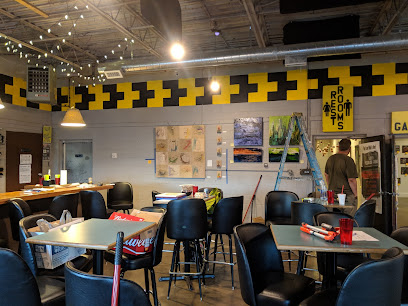
The Barrel House
3.9 km
Discover the vibrant atmosphere and unique drink offerings at The Barrel House, the perfect spot for craft beer lovers and cocktail enthusiasts in Dayton.




